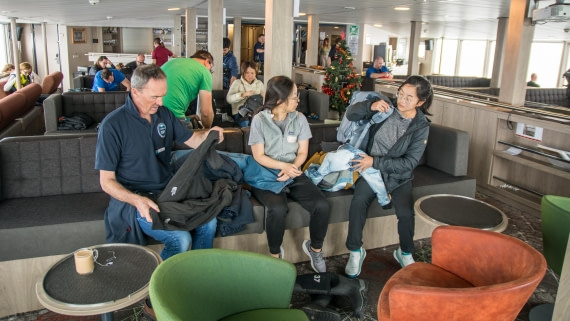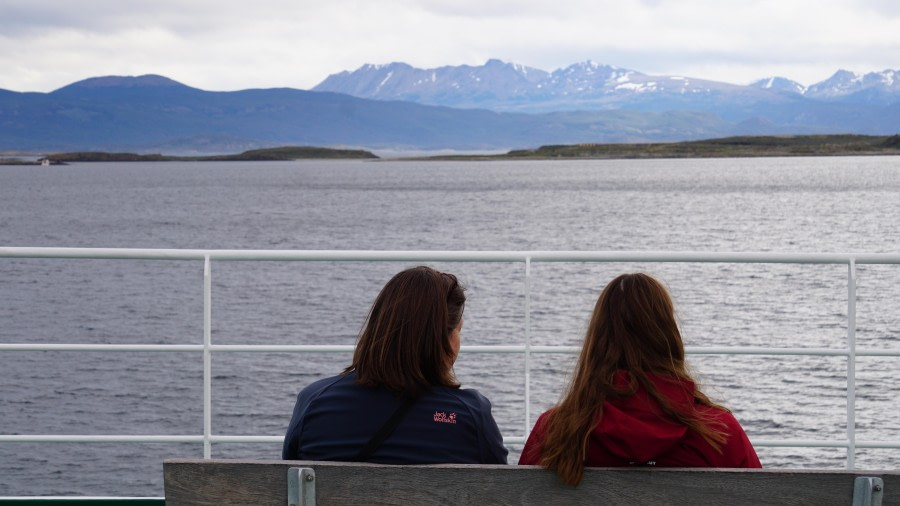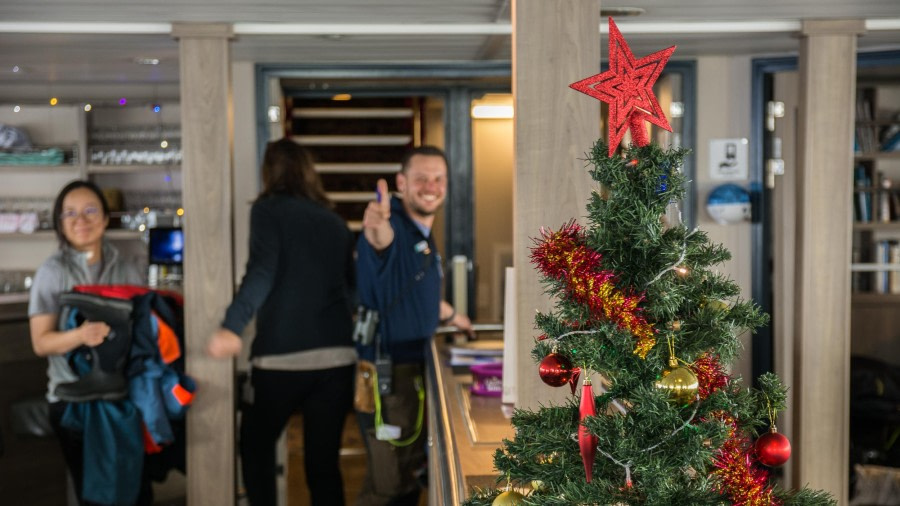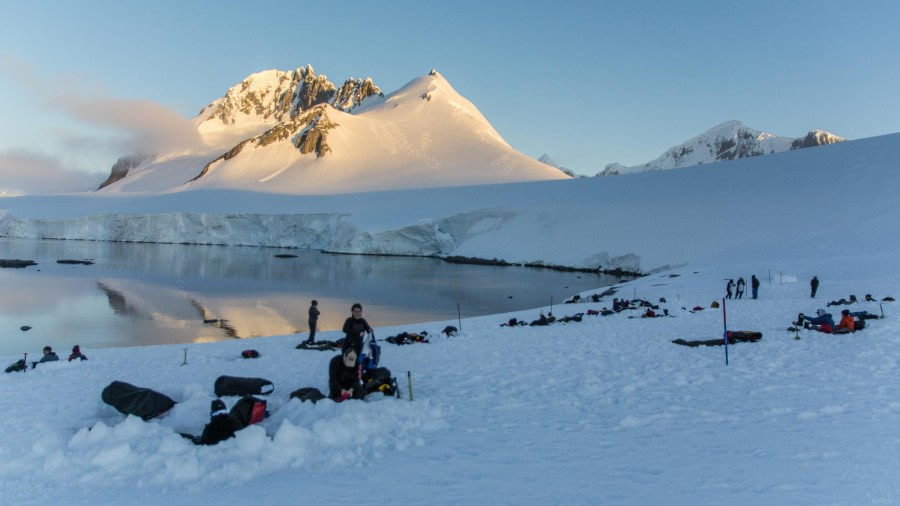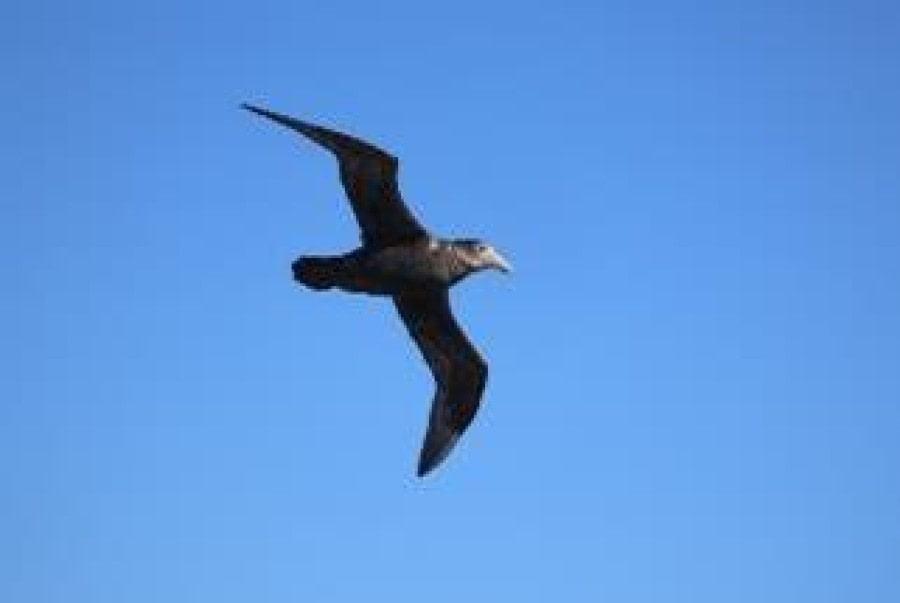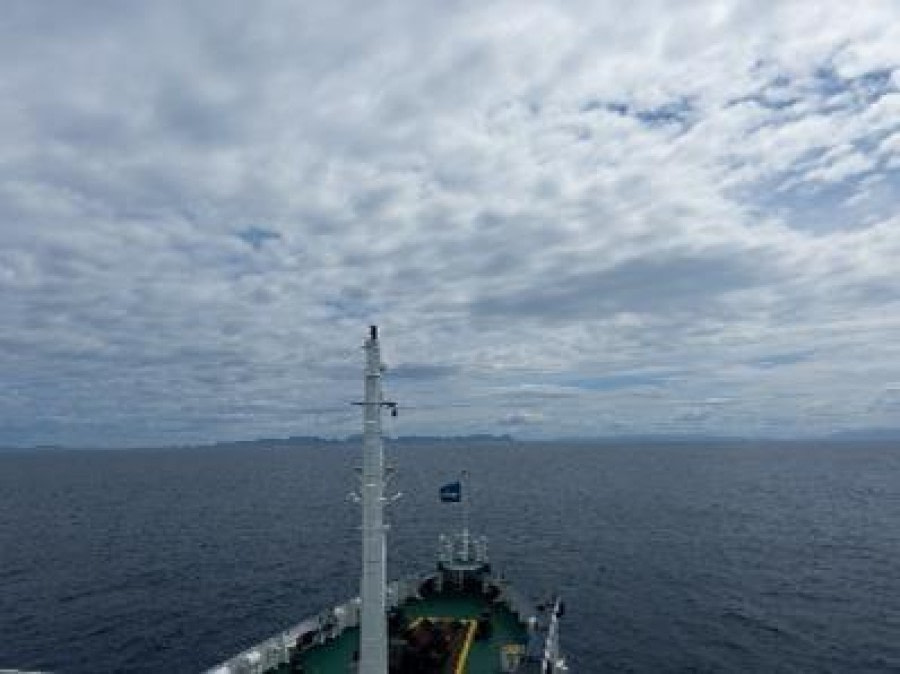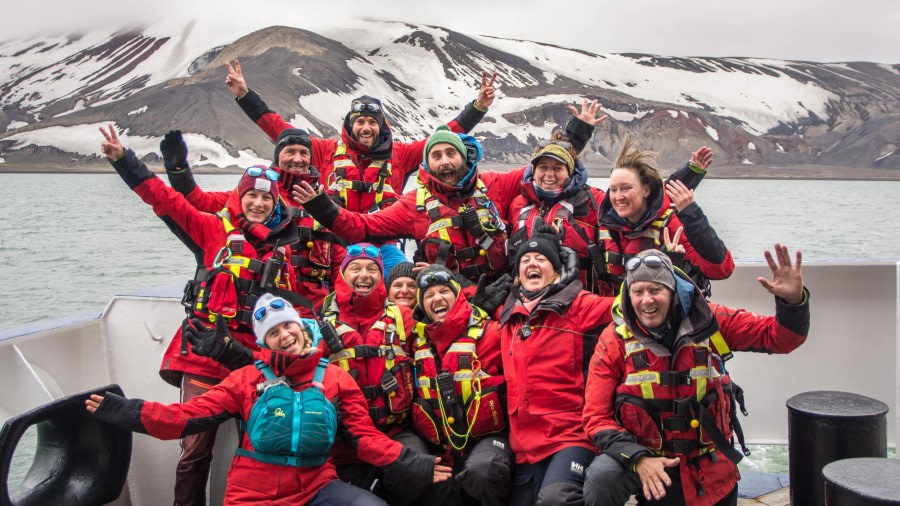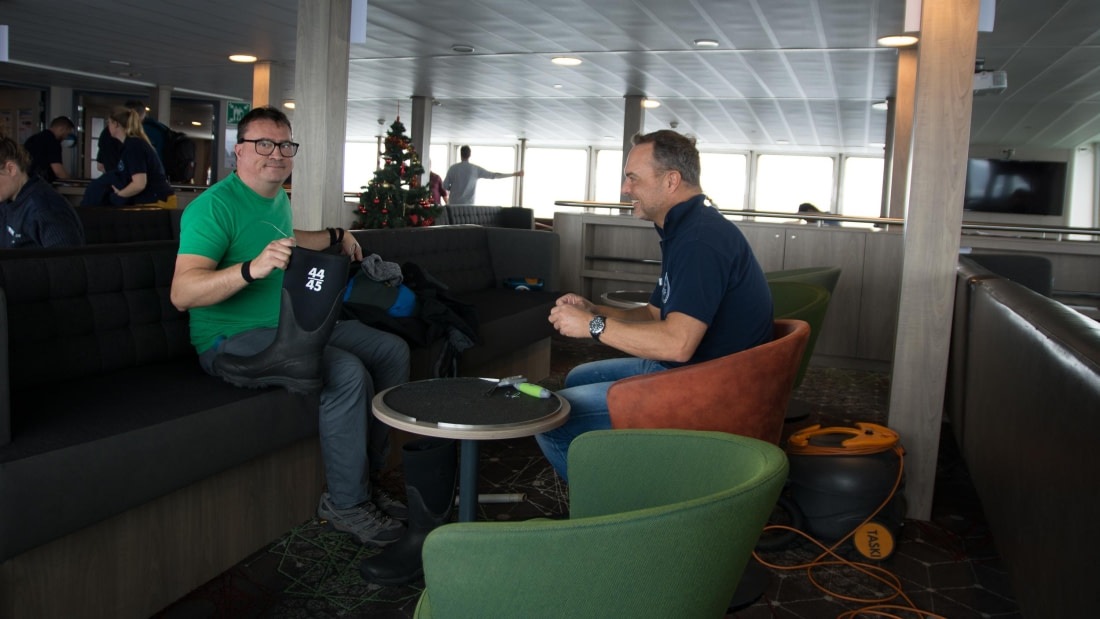| Date: |
27.12.2023 |
| Position: |
64°53.3’S / 062°52.4’W |
| Wind: |
Light air |
| Weather: |
Overcast |
| Air Temperature: |
+10 |
The day started with sunshine coming through the windows in our cabins. We were ready for the next day in Antarctica. We went to breakfast, where the hotel department prepared a lovely breakfast for us. Shortly after, we dressed up to go out for all the activities.
We were going to a place called Brown Station, an Argentinian Research base that wasn’t occupied. We learned from George that the original base was burned down by the station doctor, who was very desperate to go home.
We were split into two groups. It was a landing and a Zodiac cruise on the same morning. As we arrived at the station, we were lucky to walk between the buildings and up the hill to the viewpoint. And there was a surprise waiting for us. We were allowed to slide down the hill, very excited to touch finally some snow and enjoy the funny part. As there was no wildlife around, they allowed us to sit and slide (not only in the Zodiac) down in the snow. During the Zodiac cruise, we saw a lot of wildlife, like a Minke whale, a humpback, Weddell seal, Antarctic Cormorants (Shags), Penguins, Cape petrels, Antarctic terns, and more. It was a great morning.
Back on board, we were hungry and ready for lunch. We were sailing through the Aguirre Channel and could see (on our starboard side) the Chilean station, Gonzalez Videla. After lunch we visited Danco Island, which has its summit around 120m (ca. 390 feet) above sea level.
We could go for a little walk around the island and see several rookeries from Gentoo Penguins. We had a great overview of the Errera Channel and could see the next island, Cuverville. When we arrived at the landing site, it was surrounded by big icebergs, an impressive view. As we were walking up from the beach towards the lifejacket’s bags, we had to take our snowshoes with us. We put on our snowshoes and walked slowly up towards the first colony. After we left the first colony, we had to cross the first penguin highway, and penguins have the right of way.
KAYAKING
Paradise Bay 27th AM
This sheltered bay is a fabulous place to explore by kayak. The ice-choked waters make navigation a challenge, but luckily only the bottoms of the glaciers were out of reach for the kayakers. We paddle bellow steep cliffs, home to many shags and even a few cape petrels. We watched the mountaineers summit the snowy peak above our heads, enjoying the stunning views all around the bay. Penguins washed their feathers around our kayaks, and we paddled along the coast, home to many nesting gentoo penguins. After a beautiful paddle, we went to shore for our first continental landing.
Danco Island 27th PM
Just as we climbed into the Zodiac for our kayaking adventure, the wind decided to begin blowing. We navigated the strong winds and current in the Zodiac and tucked ourselves behind a huge iceberg for shelter. Here we could safely climb into the kayaks to start our journey. We stayed close to the shores of Danco Island, using the tall coastline to shelter us from the wind. As the wind dropped, we made the crossing to a small rocky island, home to at least eight sleeping seals. We had to navigate over a shallow reef, which was a little challenging, but we all made it through. With time running out, we made the long crossing back to Danco and got to enjoy incredible views of rafting penguins.
MOUNTAINEERING
Brown Station 27th AM
We enjoyed great weather on our journey behind Almirante Brown research station. Our sunny and airy high point rewarded the team with a bird's eye view over Skornttorp Cove. Danco Island 27th PM A great counterclockwise circuit up to the top of Danco Island. Our teams enjoyed magnificent summit panoramas. On our descent, we were treated to the sight of the highest of the Gentoo penguin colonies on the island and its never ending “Penguin Highway.”
CAMPING
Lefévre Point, Doumer Island
At around 21:00, right after dinner, we got ready to get on shore. We were welcomed by Marco and Brian, our camping guides. We received our sleeping kit and a shovel and got ready to dig the snow pits that were going to be our shelter for the night.
The evening was lovely, with the sun setting to the southwest, casting some beautiful orange and pink shades on the mountain peaks in front of us. Soon after we slipped into our sleeping bags, we could hear a couple of humpback whales feeding alongside the coast. They kept on going for about two hours, a truly and unique Antarctic experience.


